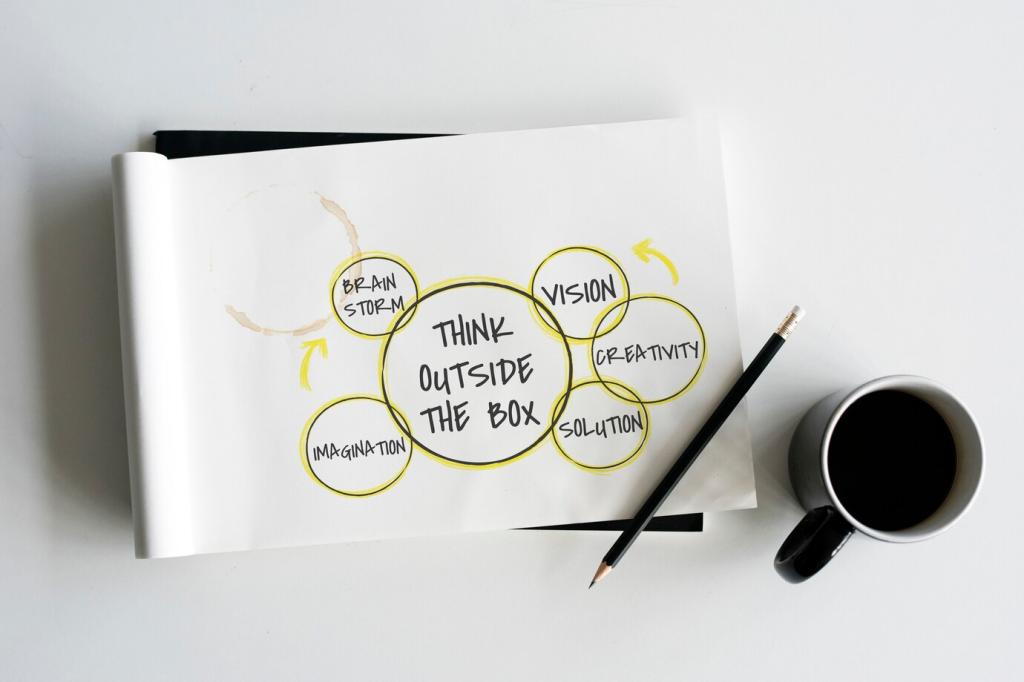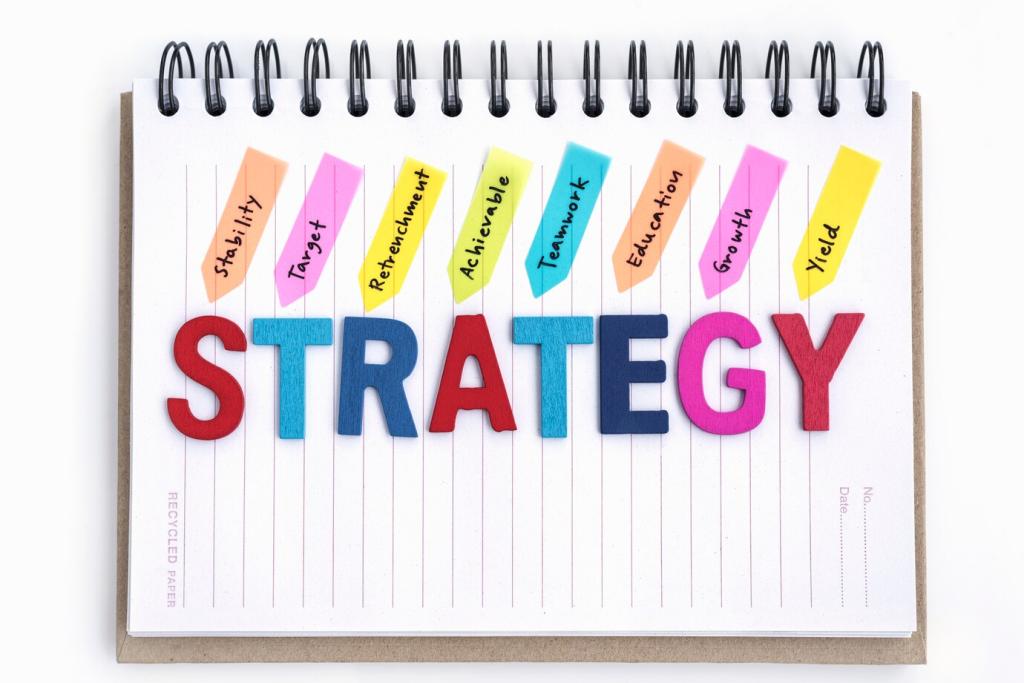The Role of Technology in Modern Project Management for Entrepreneurs
From Whiteboards to Workflows: How Digital Tools Reshape Planning
Cloud roadmapping keeps priorities alive, visible, and honest. When a customer interview shifts assumptions, timelines adjust immediately, dependencies update, and effort estimates recalculate without political debates or spreadsheet wrestling.

Structured daily updates in chat threads replace status meetings, surfacing risks early without draining focus. Templates, emojis, and clear tags make signal stand out from noise, and teammates reclaim hours for deep work.

When teams agree on response windows, handoff notes, and a single decision log, projects glide across continents. Short Loom videos beat long calls, while a shared “quiet hour” protects the creative engine.

Drop your best async habit in the comments, from clever channel naming to meeting-free days. If you want more examples delivered monthly, hit subscribe and help us crowdsource the playbook together.
Automated Handoffs That Actually Hand Off
When design approves a component, an automation can open tasks, attach specs, and notify engineering. No more “Did you see this?” pings; the baton passes cleanly, and accountability lives in the system, not memory.
A Near-Miss Saved by a Bot
An early-stage team almost shipped the wrong build. A simple pipeline script blocked the release, posted a warning, and linked the missing ticket. That one alert prevented churn and a late-night emergency patch.
Start Small This Week
Pick one repetitive step—standup summaries, sprint rollovers, or QA checklists—and automate it. Tell us what you chose and why, and we’ll feature the smartest micro-automation in our next newsletter.




Issue Trackers as Early-Warning Radar
Consistent labels reveal patterns—performance bugs bunching after big merges, or vendor delays clustering near quarter ends. With triage rituals and severity thresholds, you convert recurring fires into predictable, solvable themes.
Scenario Planning with Lightweight Simulations
Simple models explore hiring pace, scope changes, and dependency slips before they hurt. Entrepreneurs can test best case and worst case plans quickly, then communicate clear contingency triggers to investors and teammates.
Your Hardest Lesson Helps Others
Tell us about a risk you missed and the practice you use now. We’ll compile a founder-sourced resilience guide so subscribers gain practical, field-tested ways to stay steady under pressure.
Security Baked into the Workflow
Automated dependency checks, mandatory code review, and secrets scanning run silently in pipelines. This keeps shipping velocity high while catching issues early, turning secure behavior into the path of least resistance.
Privacy by Design for Entrepreneurial Trust
Documented data flows, least-privilege access, and audit trails dress your roadmap for customer scrutiny. Investors notice when compliance is routine, not a fire drill, because clarity shortens sales cycles and reduces surprise risks.
A Simple Checklist to Start Today
Enable two-factor authentication, rotate credentials, and add automated scans. Comment with your next security habit, and subscribe for a founder-friendly template that maps controls to everyday project rituals.
Leverage Freemium Without Hidden Costs
Set explicit limits on seats and usage, review renewals monthly, and sunset tools aggressively. A simple tool inventory saves cash and cognitive load, keeping your stack clear enough to actually support execution.
Open Source Where It Counts, Support Where It Matters
Use robust open-source for core workflows, then pay for support on critical edges. This balance keeps costs sane while ensuring you have help when stakes rise and deadlines demand expert guidance quickly.
Your Thriftiest Tool Win
Which low-cost or free tool punches above its weight for you? Share your pick and how you use it. We will round up the smartest suggestions and send highlights to subscribers.
Culture and Habits: The Human Stories Behind the Tools
A daily ten-minute review and a weekly retro routinely outperform last-minute marathons. When teams practice small, steady improvements, projects feel lighter, and founders sleep better because progress remains predictable and transparent.

